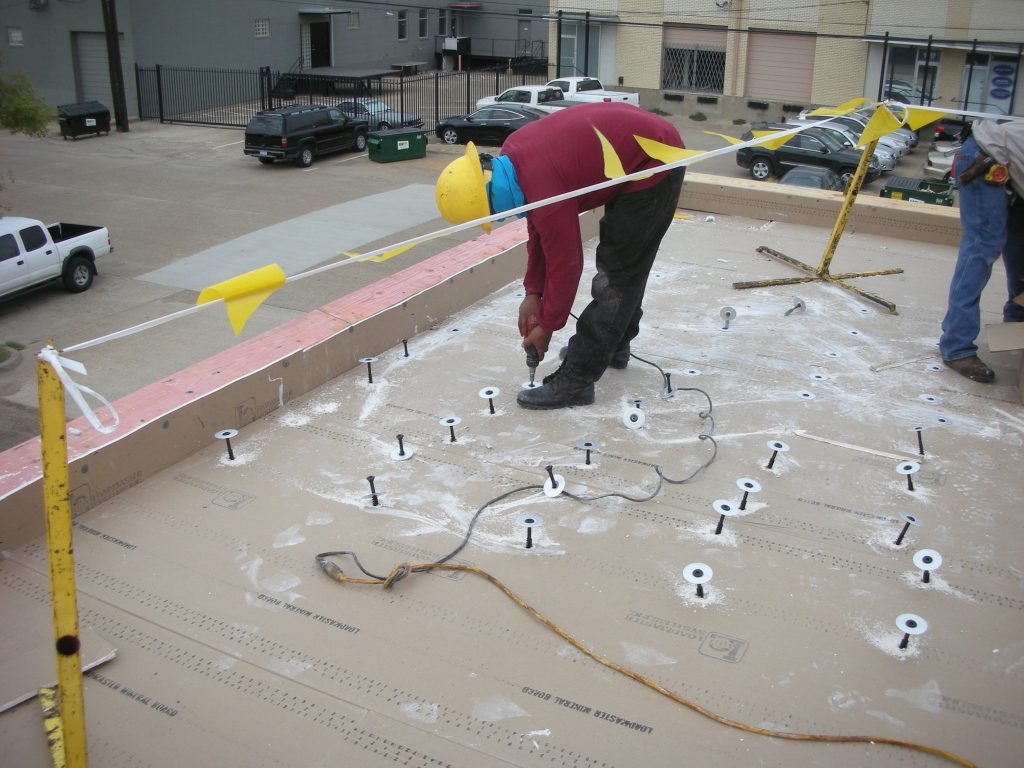The roof deck is a crucial component of any building’s roofing system, providing structural support and a base for the roofing materials. Over time, the roof deck may deteriorate due to various factors, leading to the need for replacement. In this article, we will explore the importance of gypsum roof deck replacement, its benefits, considerations, and the process involved in enhancing the structural integrity and performance of your roof.

Understanding Gypsum Roof Decks
A gypsum roof deck, also known as a gypsum board or drywall roof deck, is a popular choice for low-slope and flat roofs. It consists of gypsum panels that are installed directly over the structural supports, providing a smooth and fire-resistant surface for the roof assembly.
Signs of Gypsum Roof Deck Deterioration
Over time, a gypsum roof deck may deteriorate due to factors such as water damage, age, leaks, or inadequate installation. Signs of deterioration include sagging or uneven areas, water stains, mold or mildew growth, and visible cracks or damage to the gypsum panels. It is crucial to address these issues promptly to prevent further damage to the roof and the building’s interior.
Benefits of Gypsum Roof Deck Replacement
Replacing a deteriorated gypsum roof deck offers several benefits:
- Enhanced Structural Integrity: A new gypsum roof deck ensures a solid and stable foundation for the roofing system, improving the overall structural integrity of the building. It provides a level and uniform surface for the installation of roofing materials, minimizing potential issues and extending the lifespan of the roof.
- Improved Fire Resistance: Gypsum roof decks offer excellent fire-resistant properties, providing an additional layer of protection to the building. By replacing a deteriorated roof deck, you restore the fire resistance capabilities of the roofing system, enhancing safety.
- Increased Energy Efficiency: A new gypsum roof deck can contribute to improved energy efficiency. It allows for the proper installation of insulation materials, reducing heat transfer and enhancing the building’s thermal performance.
Gypsum Roof Deck Replacement Process
The process of gypsum roof deck replacement involves the following steps:
- Assessment and Preparation: Inspect the roof deck for deterioration and underlying issues. Remove damaged gypsum panels, address structural concerns, and prepare for the replacement process.
- Material Selection: Choose high-quality gypsum panels that meet the required specifications for the roof deck replacement. Consider factors such as fire resistance, moisture resistance, and durability to ensure optimal performance.
- Installation: The new gypsum panels are installed following industry best practices and manufacturer guidelines. This includes properly fastening the panels to the structural supports and ensuring a level and even surface.
- Roofing System Integration: After placing the new gypsum roof deck, install the roofing system components, including insulation, vapor barriers, and waterproofing materials, based on the specific requirements of the roof design.
Conclusion
Replace deteriorated gypsum roof decks promptly to maintain structural integrity, fire resistance, and energy efficiency. Enhance performance and longevity by using proper materials and installation techniques. Consult roofing professionals for a successful and efficient gypsum roof deck replacement, protecting your investment and providing peace of mind.



Leave a Reply